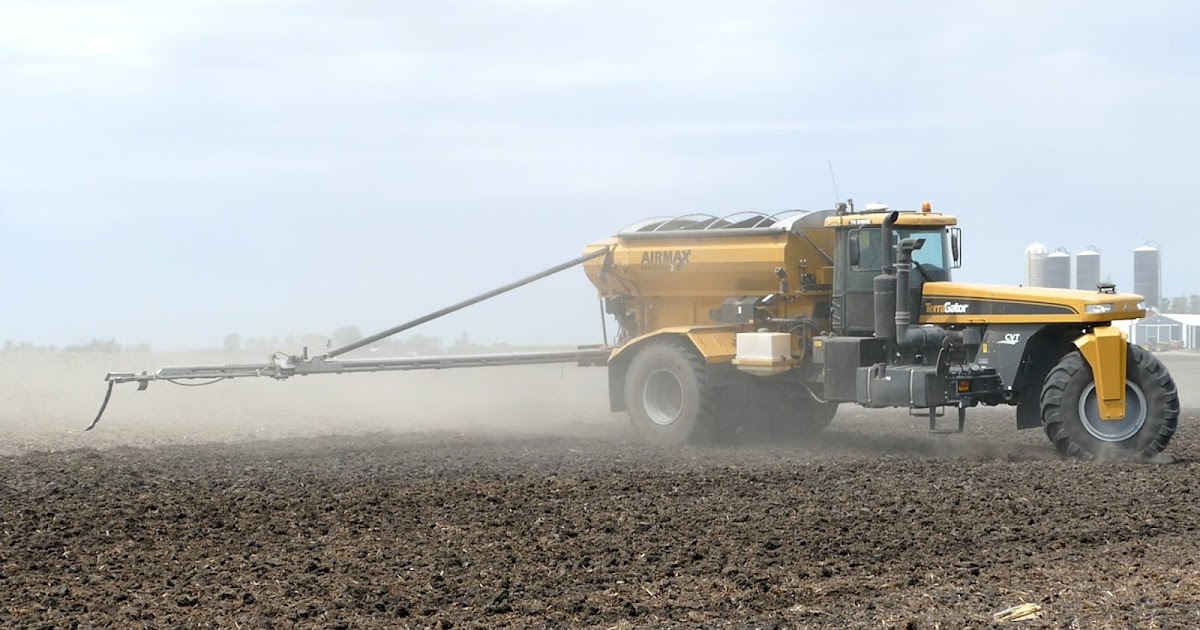As we all know growing corn needs a lot of nutrients. Best practice has different rates of application at different times after (or before) planting. Arguably, nitrogen is the most limiting nutrient. The idea is that a large amount of N should be applied at the time of the corn plants fastest growth period. Nitrogen will not persist in the soil. so timing is critical to drag as much yield as possible. If you are not worried about yield then split applications of N are likely not necessary.
The second most limiting nutrient is phosphorous - stay in your seat potassium advocates - because in production agriculture about 90% of corn is planted into cold soils in early spring. Typically there's always lots of P in the soil but it's locked in the soil. As weathering occurs phosphorous ions break away. If there's a big "bucket" of P then there's a bigger possibility of loose P ions available for absorption by the corn plant roots.
OK. There's a reason for all this background because the 4 row corn planter with fertilizer boxes was designed to address the adverse soil conditions when corn was planted early spring. The planter cut fertilizer channels in the soil as the starter fertilizer dribble out of the planter box fertilizer hoppers; 2 inches to the left and right of the seed furrow and an inch or two deep. A high analysis fertilizer was handy because it cut down on the number of bags - yes, bags -required to make a trip across a field. Eventually fertilizer tenders replaced bags.
But as the number of acres planted by each farm operator increased the practice of starter fertilizer side band application fell to increase the speed of planting.
Today I would guess most fertilizer for corn is broadcast at an appropriate rate to accomplish starter yield requirements. Additional N is applied, side-dressed at the appropriate time.
Whew! What's the difference between starter fertilizer and other fertilizers? Not much. Just the "right" amount of fertilizer applied, somehow, at the right time. I dunno. Did that help?



